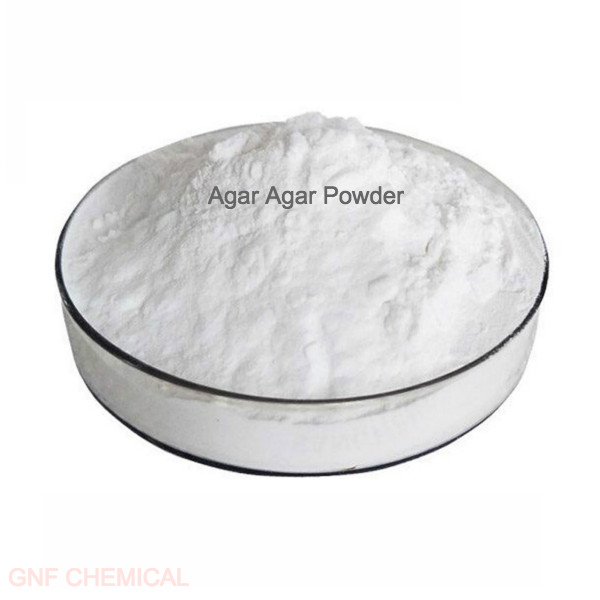-
Make a Call : +86 551 63500087
-
Get A Estimate : sales@gnfchem.com
¿QUÉ ESTÁS BUSCANDO?
¿QUÉ ESTÁS BUSCANDO?
Make a Call : +86 551 63500087
Get A Estimate : sales@gnfchem.com

Principio de espesamiento de los espesadores
Jul 23, 2025Descripción general de espesantes principios de los espesantes
Los espesantes son una clase de sustancias que pueden aumentar la viscosidad de un sistema material o formar un gel, y su principio de espesamiento involucra principalmente la estructura molecular y las interacciones, cambios en las propiedades reológicas de la solución, etc. Existen diferencias en los principios de los diferentes tipos de espesantes, que se utilizan ampliamente en una variedad de campos, como alimentos, pinturas, recubrimientos, etc.
El mecanismo de espesamiento del núcleo de los espesadores
Formación de la estructura de red macromolecular: los espesantes en solución formarán una estructura de red macromolecular, estas redes macromoleculares pueden bloquear una gran cantidad de líquido, de modo que aumenta la viscosidad de la solución.
Cambiar las propiedades reológicas de la solución: el espesante puede cambiar las propiedades reológicas de la solución, de modo que la solución pase de un fluido newtoniano a un fluido no newtoniano, es decir, bajo la acción del cizallamiento, la viscosidad de la solución se reducirá con el aumento del cizallamiento, pero en condiciones estáticas o de bajo cizallamiento, la viscosidad de la solución será relativamente alta.
Interacciones intermoleculares: los espesantes interactuarán entre sí para formar agregados o agregados, lo que puede aumentar la viscosidad de la solución.
El efecto de los electrolitos: algunos espesantes necesitan agregar electrolitos en el proceso de uso, como sales inorgánicas, la presencia de estos electrolitos puede afectar el efecto espesante del espesante.
El principio de espesamiento específico de los diferentes tipos de espesantes.
Espesantes de goma naturales: como el polipolisacárido, etc., es a través de la unidad de azúcar de polipolisacárido que contiene 3 grupos hidroxilo y las moléculas de agua interactúan para formar una estructura de red de hidratación tridimensional, a fin de lograr el efecto de espesamiento.
Espesantes de celulosa: Se basan principalmente en la cadena principal hidrófoba y las moléculas de agua cercanas mediante enlaces de hidrógeno, lo que aumenta el espacio de libre movimiento entre las partículas y aumenta la viscosidad. Al mismo tiempo, también pueden entrelazarse alrededor de la cadena molecular para lograr la viscosidad deseada. Esto se debe a que, en condiciones estáticas o de baja velocidad de cizallamiento, la celulosa se encuentra principalmente desordenada; mientras que, a alta velocidad de cizallamiento, las moléculas paralelas a las actividades de polarización se ordenan en la forma del tejido, lo que aumenta la viscosidad del sistema.
Espesantes de ácido poliacrílico: principalmente espesantes disueltos en agua, este tipo de espesantes luego a través de los iones carboxilato de la misma repulsión electrostática del sexo, cadena molecular desde el comienzo del desarrollo helicoidal de la varilla, aumenta la viscosidad entre la fase de agua, pero también a través de la formación de un diseño de malla de las partículas de emulsión y pigmentos para aumentar la viscosidad.
Espesante de poliuretano conjugado: el diseño molecular de este tipo de espesante es la introducción de grupos hidrófilos y grupos hidrófobos, cuando la concentración de la solución acuosa a través de una concentración particular, formará micelas, micelas y partículas de polímero en un diseño de malla, haciendo así que el sistema crecimiento de la viscosidad.
Espesantes inorgánicos: una especie de minerales en gel tixotrópicos que absorben agua y se hinchan.

Hi! Click one of our members below to chat on